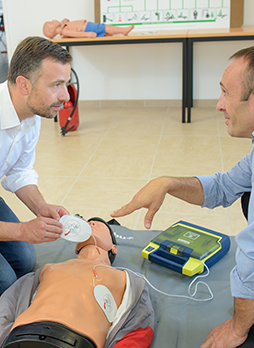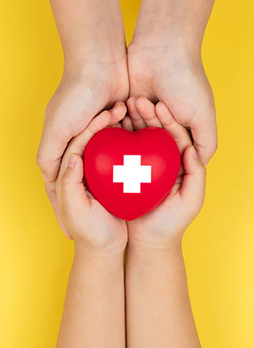Available via chat

Current CPR Guidelines and COVID-19
We have been asked quite a lot whether the guidelines regarding CPR have changed at all in the current climate. Below we address this with advice from leading experts:
The British Heart Foundation has issued videos with the new guidelines with regards to CPR and COVID-19.
Because of the heightened awareness of the possibility that the victim may have COVID-19, Resuscitation Council UK offers this advice:
- Recognise cardiac arrest by looking for the absence of signs of life and the absence of normal breathing. Do not listen or feel for breathing by placing your ear and cheek close to the patient’s mouth. If you are in any doubt about confirming cardiac arrest, the default position is to start chest compressions until help arrives.
- Make sure an ambulance is on its way. If COVID 19 is suspected, tell them when you call 999.
- If there is a perceived risk of infection, rescuers should place a cloth/towel over the victims mouth and nose and attempt compression only CPR and early defibrillation until the ambulance (or advanced care team) arrives. Put hands together in the middle of the chest and push hard and fast.
- Early use of a defibrillator significantly increases the person’s chances of survival and does not increase risk of infection.
- If the rescuer has access to any form of personal protective equipment (PPE) this should be worn.
- After performing compression-only CPR, all rescuers should wash their hands thoroughly with soap and water; alcohol-based hand gel is a convenient alternative. They should also seek advice from the NHS 111 coronavirus advice service or medical adviser.


